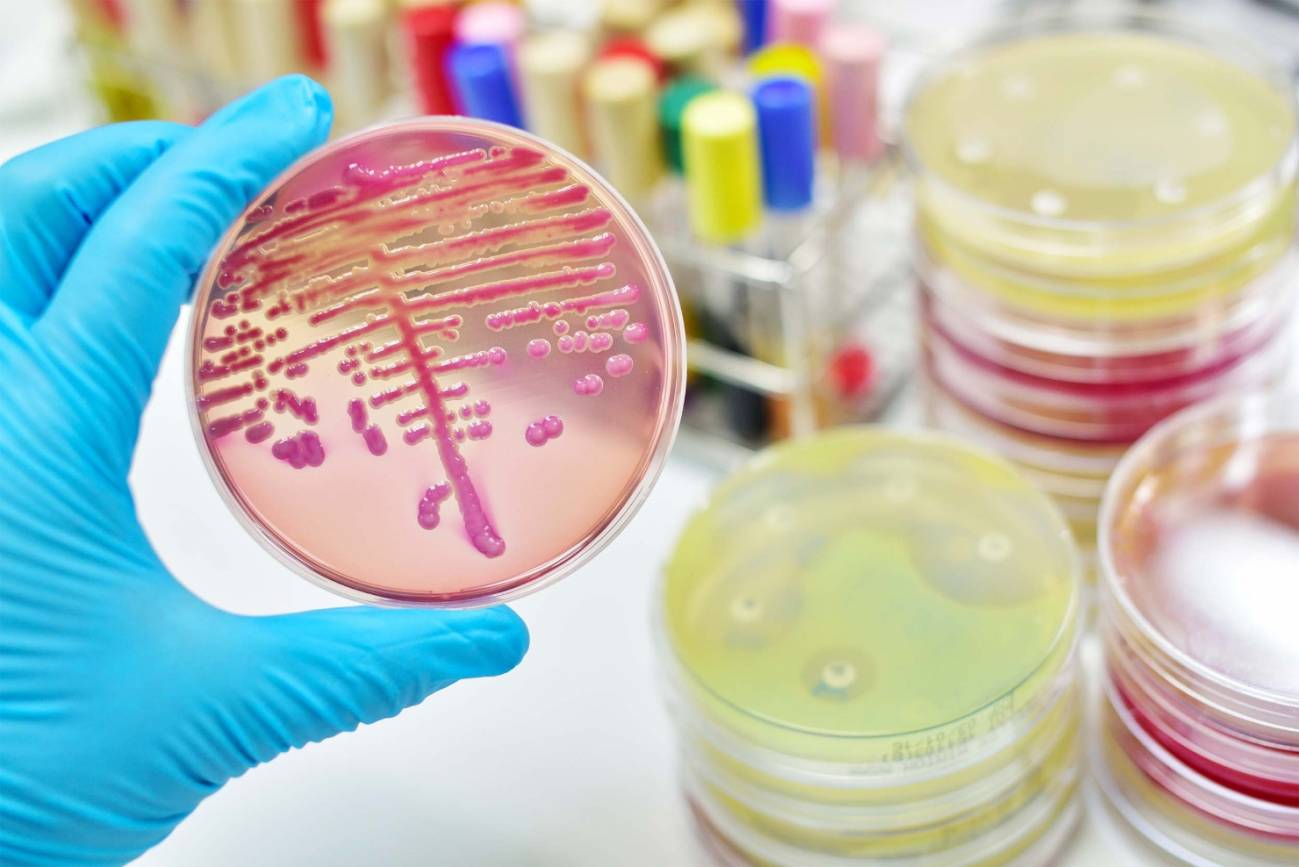Reaction: New synthetic antimicrobial developed that is effective against multidrug-resistant bacteria
Cresomycin, a new synthetic molecule, exhibits robust efficacy against multiple evolutionarily divergent forms of antimicrobial resistance (AMR), according to a study published today in Science. By structurally analyzing how antibiotics bind to ribosomes of various bacterial species, researchers developed a new antibiotic molecule that adopts the exact conformation necessary for ribosomal binding.

Sara Hernando-Amado antibiótico
Sara Hernando-Amado
Researcher specialized in ecology and evolution of antibiotic resistance.
The group led by Professor and founder of Tetraphase Pharmaceuticals, Myers, has extensive experience in the development of synthetic antibiotics. It is important to note that this new antibiotic, cresomycin, exhibits activity against ESKAPE pathogens, which are highly dangerous, such as Staphylococcus aureus or Pseudomonas aeruginosa, the latter being an opportunistic pathogen that causes around 600,000 deaths per year.
However, an approach solely based on the development of new drugs will not solve the antibiotic resistance problem. Instead, the solution lies in the rational design of strategies capable of restraining the evolution of pathogenic bacteria. This is because bacteria evolve extraordinarily quickly, selecting adaptive mechanisms when under selective pressure. In fact, this same group described eravacycline years ago, for which resistance mechanisms have already been described in several pathogens.
Therefore, in addition to producing new drugs, it is crucial to design strategies that sensitize bacteria to existing antibiotics and, furthermore, prevent the selection of resistance; something we have termed transient collateral sensitivity, which can be induced in antibiotic-resistant clinical isolates of P. aeruginosa.
Wu et al.
- Research article
- Peer reviewed



